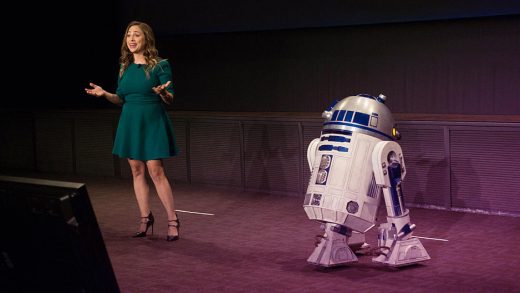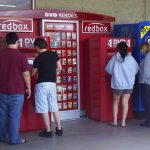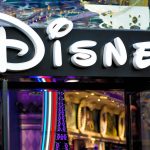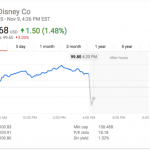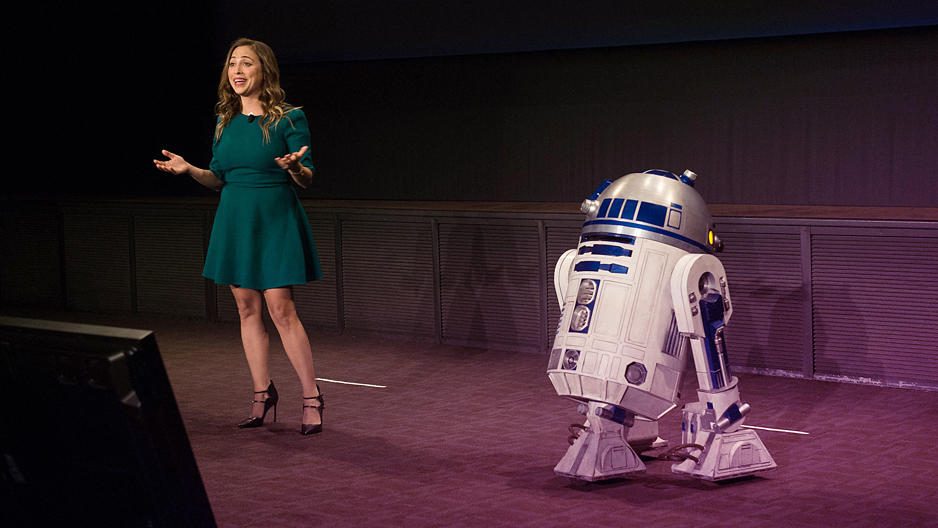How Disney Aims To Expand Its (Gargantuan) Reach With Its Accelerator Program
Visiting the Disney Studios complex in Burbank is always surprising for an outsider. The company’s attention to detail shows up much the same way it does at theme parks: The employees’ farmer’s market looks appropriately old-timey, and even the flagpoles have historic plaques. But on a recent Thursday, there was a bit of a culture clash when a host of startups, and the venture capitalists who fund them, were crowded in front of Disney’s iconic animation building during the Disney Accelerator’s Demo Day.

Why Does Disney Have An Accelerator?
Like a lot of large corporations—everyone from Target to Unilever, Disney founded an accelerator of their own a few years ago. The range of startups that Disney (which, remember, owns everything from Marvel Comics to Lucasfilm to ESPN) was supporting at the accelerator was dizzying—and, well, Disneyish.
Hanson Robotics, for instance, makes lifelike humanoid robots with a full range of facial expressions. Jaunt creates cameras for filming virtual reality footage. Playbuzz offers content management systems for online publishers, and LittleBits creates make-your-own-technology kits for children. All of the startups in the Disney Accelerator receive financial and logistical support from the house that Walt built.
The scene was a bit surreal. Disney CEO Bob Iger was posing for photographs just a few feet away from Sophia, Hanson Robotics’ uncanny valley-ish demo robot.
Justin Warden, the CEO of e-sports adtech company Ader, was explaining to me how he and his company moved to Los Angeles as soon as he finished school in Amherst, Massachusetts. That was just a few months ago, yet his company, which works on advertising tools for platforms like Twitch, was sharing stage time with some of the biggest names in the tech world.
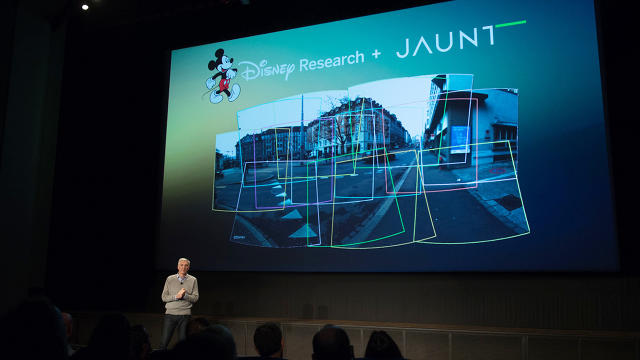
Live-Streaming Food Television And Selling Movie Tickets
Two startups gave me insight into how Disney’s accelerator works.
Nom is a live-streaming platform for food- and drink-related videos that also broadcasts prerecorded clips and user-uploaded photos. Like other companies in the accelerators, Nom has founders with impeccable bona fides. YouTube cofounder Steve Chen is the company’s CTO and CEO Vijay Karunamurthy previously served as YouTube’s chief engineer.
Although Nom’s on-stage presentation emphasized live-streaming, Karunamurthy was careful to emphasize that the app also shares pre-recorded video and photos when we spoke afterwards.
“‘Live’ for us means the broader sense of people connecting about something that they’re passionate about. Live video is a part of that, but we also think that people having conversations and sharing photos is too. When someone is live, you can ask questions and they reply back to you. Live streaming’s great, but there are [more mundane or private] moments where you are having dinner or preparing coffee. There are ways you can share with that audience besides live streaming.”
In return for their investment, Disney gets something useful from Nom: a platform that’s distinct from Facebook Live, Periscope, or Instagram to promote their food properties. Onstage at the Accelerator event, Karunamurthy announced partnerships with ABC’s The Chew and Vice’s food vertical, Munchies (Disney has invested $400 million in Vice).
Another startup’s experiences at the event showed just why Disney is interested in these smaller companies. Atom Tickets is a newly launched Fandango rival with a massive war chest. Disney, Twentieth Century Fox, and Lionsgate invested $50 million in the company earlier this year.
Ameesh Paleeja, Atom Tickets’ CEO, previously worked as Amazon’s director of mobile services, and boasted about his company’s retail tech abilities when I spoke with him. The company’s app is essentially an e-ticketing product for movie theaters with two major differences from its rivals: Users can order concession snacks through the app, and the app also follows up with ticket buyers through push notifications to offer merchandise and swag post-movie.
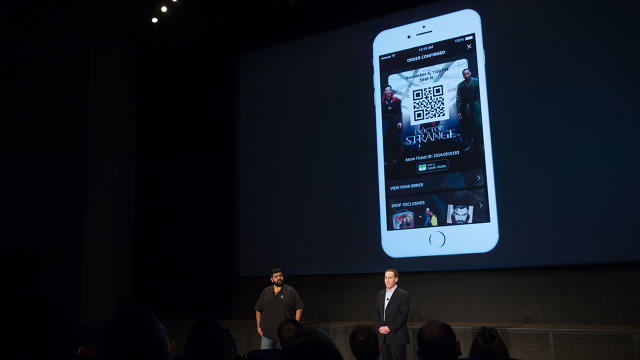
During his onstage pitch to Disney and investors, Paleeja explained that the company’s main strategy was monetizing unsold movie seats. “So far this year, the domestic market has sold nearly a billion tickets grossing nearly 9 billion dollars’ revenue. That’s not counting what’s to come with Doctor Strange, Moana, and Rogue One. That said, each year there are billions of seats that go unsold. If we could fill just 1% more of those seats, it would lead to a billion dollars in incremental ticket sales.”
Disney is taking Atom Tickets for its first major test-drive this Christmas: When Rogue One comes out, the app will offer customers the chance to buy movie merchandise alongside their tickets, opening up a new potential way for Star Wars, Marvel, and Disney properties to sell licensed goods.

Next Steps From Accelerator Country
Listening to the presentations onstage at a theater on the Disney lot, one thought kept registering in my head: All of the startups there were doing things that Disney needs, but that the company’s internal DNA isn’t necessarily well suited to creating. Disney might not be the best company to create a CMS for mobile content or virtual reality cameras, but it’s easy to see how Disney could use them.
Like many other companies of its size, Disney has a strong and unique internal culture. Bluntly speaking, it’s sometimes easier for them to invest in small companies creating useful products than to develop them in-house.
This was the third year of Disney’s accelerator program; it also featured more complicated companies, compared to prior years. As the entertainment industry marches into a strange new sphere in the late 2010s where mobile is better for ad dollars than broadcast television and virtual reality is ascendant, the question is where the technology goes from here—and how companies like Disney will use the creations they’re underwriting.
Fast Company , Read Full Story
(31)

